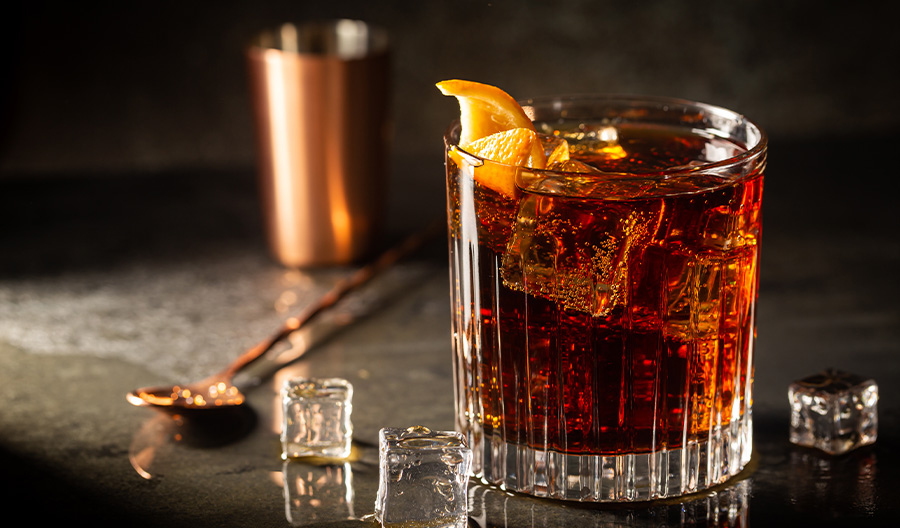It’s the stuff of myths and legends. An industrial byproduct goes from sticky mess to funding empires and fueling wars. But how? With roots in the Trans-Atlantic Slave Trade and a hand in the American Revolution, rum has more recently joined the ranks of highly regarded spirits. Let’s peer through the haze of time to see how it outran its dangerous past to enjoy a modern-day revival.
How It All Began
Rum is a sugarcane-based spirit that can be traced back to ancient India where fermented cane juice was used for medicinal purposes. As trade routes expanded, sugarcane cultivation spread to the Caribbean. That’s when slaves discovered that the dregs from processing sugarcane could be fermented and turned into an alcoholic beverage.
Rum and the American Revolution
In the American colonies, Caribbean rum was cheaper, stronger, and more popular than the brandy imported from Europe—and Americans drank lots of it. When the Sugar Act of 1764 criminalized the importation of rum, the colonists were enraged. This was just another insult in a long list of tensions with England that eventually led to the Revolutionary War.

Rum’s Transitional Phase
Despite its initial popularity in the colonies, rum was soon outranked by American whiskey which was easily and more economically distilled from locally-grown grains. However, rum stuck around during Prohibition and was a favorite with speakeasies. Its quality was often questionable, so it became more of a mixer, hidden in sweet, fruity drinks. But with time, rum has become appreciated for its vibrant character and versatility.
Rum’s Recent Renaissance
According to the Business Research Company, rum’s market share is rapidly increasing. It’s expected to grow from $13.94 billion in 2023 to nearly $15 billion in 2024—a surge fueled by the growth of cocktail culture and a rising interest in premium rums.
Rum’s Diverse Offerings
Rum ranges in color from light to dark. And options for aged, premium, and flavored versions make it a versatile powerhouse. It can be enjoyed in cocktails, sipped neat, or on the rocks. Dark rum can also add a flavorful twist to drinks traditionally made with whiskey or bourbon. Unencumbered by the heavy regulations surrounding tequila and Champagne, rum can be made anywhere. But Caribbean rums are hailed for their high standards.
Once steeped in dubious beginnings and rebellious angst, rum has become a respected player in the beverage market. Introduce your customers to the drink that serves up refined adventure in every sip.

